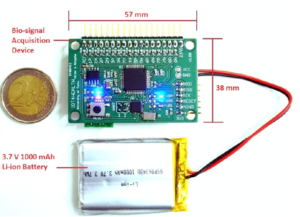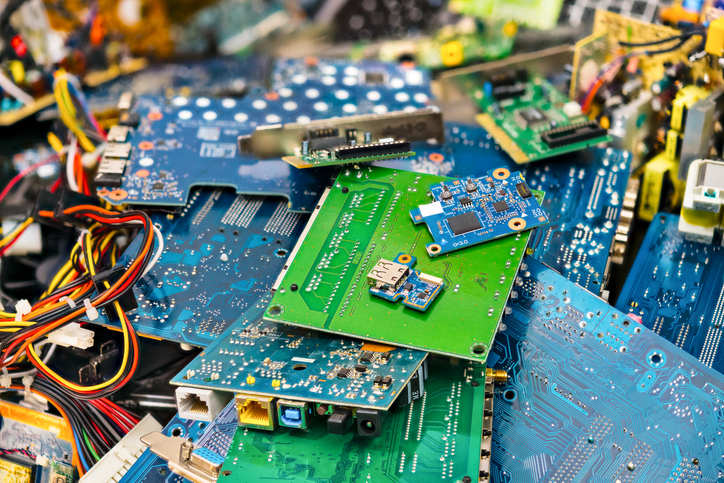A team of international researchers has designed a new device that could make your next hospital stay easier for you and your doctor. Researchers from the University of Turku and the University of California proposed a wearable device that can remotely monitor a patient’s vital signs and pain levels, potentially enabling doctors to address patient issues quicker and less intrusively.
To achieve this level of monitoring and insight, the researchers’ wearable device uses bio-signal acquisition and wireless streaming. Bio-signals are electrical signals between two points of a living organism that can be continually measured and monitored. Examples of bio-signals include the brain, the nervous system, and muscle activity—critical components that contribute to a patient’s vital signs and health status.
While current market devices can measure bio-signals, they tend to be expensive, bulky and ill-fitted for wearable designs, making them unsuitable in patient environments. In contrast, this new wearable device can capture the same measurements while being lightweight, compact and relatively inexpensive.

Figure 1: Prototype of the proposed device
The study that led to this device design originally looked at monitoring facial expressions through electromyography (EMG) signals, which are electrical activity signals produced by skeletal muscles. During this research, the team created a small device to perform multi-channel EMG monitoring by recording bio-signals from the head, shoulder and neck area. After creating the device, the researchers realized it could be modified to also record bio-signals from the brain, heart and eyes due to their common bio-signal characteristics.
When acquiring bio-signals, the device continuously transfers measurement data through wireless Bluetooth, and has a wired mode that allows it to run in hospitals without affecting other medical devices. The device can also function as part of an IoT set-up, which allows hospitals to store data collected by the device in the cloud.

Figure 2: Bio-signal acquisition device architecture
The device’s lightweight and wireless design allows medical personnel to remotely monitor different bio-signals in real time. The unobtrusive nature of the system allows patients to go about their daily activities without interruption.
“This research is important, because it will greatly improve the quality of health care service,” said Victor Sarker, a researcher working in the IoT4Health research group from the University of Turku. “With this device, doctors and nurses can remotely keep track of their patients’ conditions. We expect it could also watch for things as specific as pain levels, even if the patient is unable to express how they’re feeling or respond to questions due to disability or unconsciousness.”
To test the device, the researchers measured signal data obtained through Bluetooth receivers and compared it with a MATLAB simulation. The data collected by the device had a strong correlation with the simulated data, with a factor of 0.943. The device was originally tested with a Low Energy Bluetooth Module at 500 samples per second, but with a high-end Bluetooth module, the device can accurately transmit 1000 samples per second.
While testing, the researchers also evaluated the power consumption of the device, as a standard rechargeable battery decreases in voltage over time. The researchers tested various power configurations, and found the overall energy consumption could be reduced by using a higher, constant efficiency converter. After this development, the researchers implemented a booster circuit in the device. Currently, the device can work up to 13.6 hours on one 3.7V Li-ion battery, but the researchers are exploring ways to make it even more energy efficient.
Currently, the researchers are evaluating the device in a number of ways, including testing it on post-operative patients in a Finland hospital. The researchers are planning to save the gathered data for deeper bio-signal analysis and processing.
Beyond the device’s health care applications, the researchers believe it could benefit other fields. Engineers working in prosthetics could use the device to track the movement patterns of test subjects and then apply that data to the controls of their prosthetics. Additionally, because of its lightweight, portable design, the wearable could also aid in analyzing athletic performance.
According to research from Cisco1, the number of connected wearable devices in use around the world could jump from an estimated 325 million in 2016 to more than 830 million by 2020. With its unique design and endless application potential, the proposed wearable could have a significant impact on these totals and benefit multiple industries.
For more information on bio-signals, visit the IEEE Xplore Digital Library.





